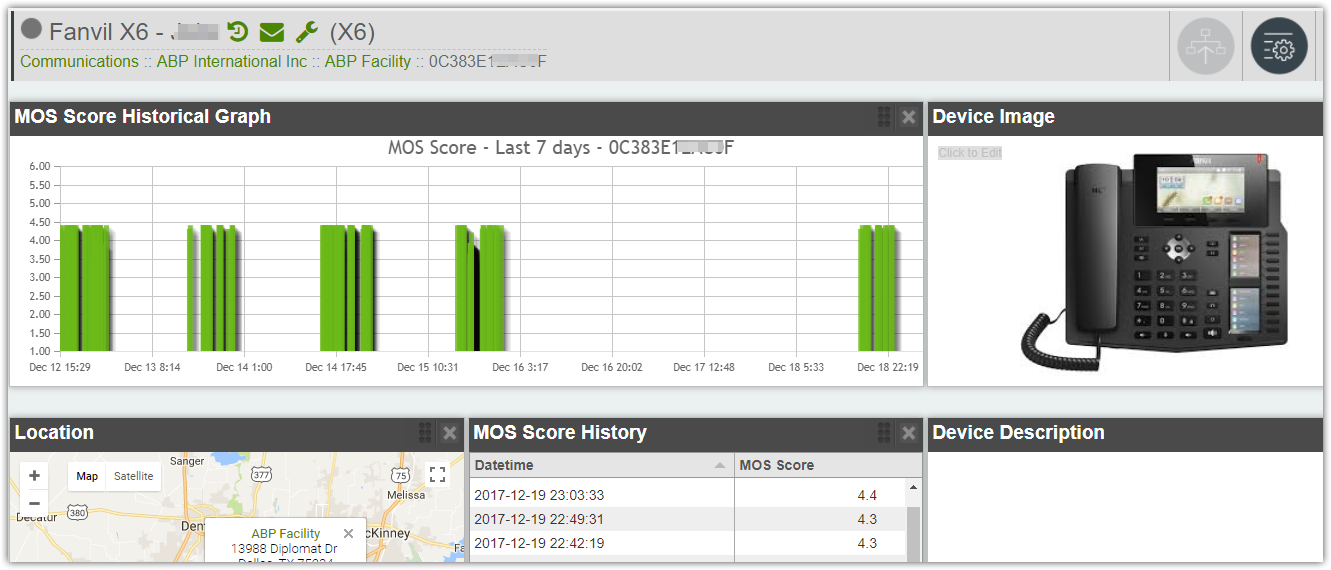VoIP is mainstream, now ITSPs and MSPs claim for better tools to monitor it
The VoIP industry has exploded in the past few years. Most ISPs and MSPs have seen the business opportunity and created an infrastructure to deliver VoIP services either in the form of Hosted PBX or SIP trunking.
This move paid off but also brought some complications inherent of VoIP. Providers see that their VoIP services (other than security) is one of the applications that bring more complexity and drain resources.
After observing this industry over more than 10 years, I can tell that the main reasons for customer churn and drain on technical/installation support time are:
+ Firewall or NAT traversal
+ Quality of audio or Quality of Service (QoS)
Firewall/NAT traversal creates one way audio or no audio issues usually during installation until specifics of the customer network are figured out and resolved. VoIP uses the SIP (Session Initiation Protocol) which is not as friendly as HTTP/HTTPS web sessions. In VoIP, the client device should always be reachable from the VoIP server to receive calls, media and all sort for SIP messages where as web sessions are on demand and always started by client side. Provider's infrastructure, CPE firewalls, PBXs and the use (or not use) of SBC (Session Border Controller) are all intermingled in this equation which is not the main focus of this article. The bottom line is that we have serveral components that could fail rendering VoIP the service down. An intelligent monitoring and alerting system such as IPTechView™ is needed to provide information about what components are causing the outage or service degradation. See this other article on monitoring servers and applications.
As mentioned above, the second major component that worries any ITSP, Hosted PBX provider or MSP is VoIP QoS. When looking at this and combined with all other capabilities, IPTechview™ becomes a unique solution. Centralized VoIP QoS monitoring is only present in very specialized, expensive products. The ability to set thresholds for warning or emergency alerts on MOS scores (a measure of call quality) and the specific actions or type of alerts make IPTechView™ a fantastic comprehensive solution for VoIP QoS monitoring.
IPTechView™ stores statistics about VoIP call quality. Users can see the history of calls and the MOS score calculated for each call. By looking at historical MOS scores of sites or individual phones, service providers can identify sites or users that have consistent poor call quality and take action before hearing complaints from the end user. Poor audio in the form of chopped audio is most of the time related to WAN bandwitdh issues in the remote sites however it could also be caused by a LAN issue or poorly performing router. It is a huge relief for service providers' technicians maintaining the system to see who is having problems and discard assumptions that the whole infrastructure is underperforming. All this is presented in realtime in IPTechView™ dashboards.


Service providers can use the information gathered by IPTechview™ to approach the customer with recommendations to improve audio quality. Such recommendations can go from increasing the available bandwidth to implementing QoS rules in the remote edge router.
Currently, DrayTek routers are capable to measure and report MOS scores to IPTechView™ on a per site basis. Fanvil phone enpoints integrate directly with IPTechview™ to offer a historic snapshot of MOS Scores for all calls completed by the phone.


